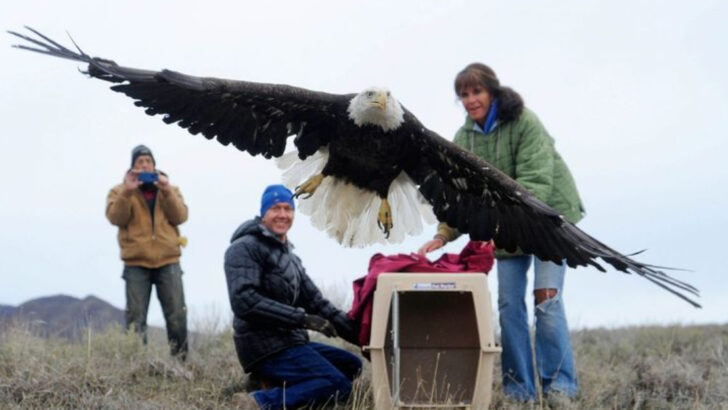They were once everywhere—until they weren’t. Wolves howled in the distance. Woodpeckers drummed through ancient trees. Elk thundered across meadows. Then, almost overnight, silence fell. From coast to coast, forests across the U.S. lost more than just trees—they lost their wild heart. Hunting, habitat loss, and human expansion drove dozens of species to the edge, and some slipped right off it. But here’s the twist: not all of them are gone forever. Some of these ghostly creatures are slowly, quietly, making a comeback—leaving tracks, songs, and hope in their wake.
Passenger Pigeon
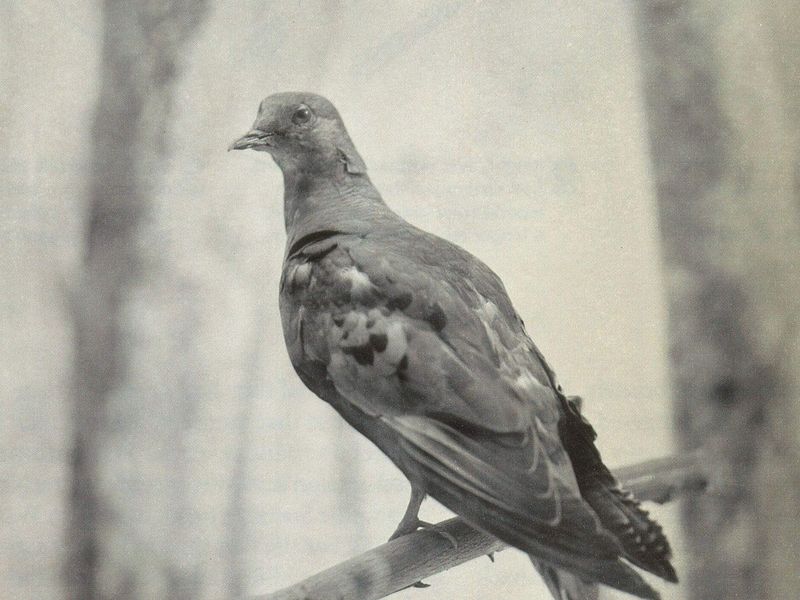
Once darkening the skies with their vast flocks, Passenger Pigeons were a wonder to behold. Their bluish-gray bodies and iridescent feathers made them a sight to remember. However, relentless hunting and habitat destruction drove them to extinction by the early 20th century.
Imagine a time when their sheer numbers could block out the sun. Yet, within a few decades, they vanished entirely, leaving only memories and museum specimens. Their story serves as a haunting reminder of the impact of human activity on wildlife.
Today, efforts focus on preserving the habitats of similar species, ensuring history does not repeat itself.
Carolina Parakeet

The Carolina Parakeet, with its vivid plumage, once added a splash of color to the southeastern U.S. forests. These social birds were known for their playful antics and loud calls. Sadly, they succumbed to hunting and habitat loss, with the last known individual dying in captivity in 1918.
These parrots were unique as they could adapt to various environments, yet human expansion proved too formidable. Their extinction highlights the fragile balance between wildlife and human progress.
Conservationists today strive to protect habitats that support similar avian species, hoping to avert another such loss.
Eastern Elk

The Eastern Elk once roamed the eastern United States in large herds. These magnificent creatures, with their impressive antlers, were a sight to behold. Unfortunately, overhunting and habitat destruction led to their extinction by the mid-19th century.
They were known for their adaptability to different terrains, but rapid human settlement left them with no refuge. Their disappearance left a void in the ecological landscape, affecting other species that relied on them.
Efforts to reintroduce related elk species have shown promise, offering hope for restoring balance in these forests.
Ivory-Billed Woodpecker

Touted as the “Lord God Bird” for its stunning appearance, the Ivory-Billed Woodpecker once inhabited the hardwood swamps of the southeast. Known for its striking black-and-white plumage and loud calls, it was a beacon of biodiversity.
Extensive logging and hunting drastically reduced its numbers, leading many to believe it extinct. Yet, sporadic sightings keep the hope alive that it might still persist in remote forests.
Conservation efforts focus on preserving remaining swamplands, the woodpecker’s potential refuge, while searching for definitive proof of its existence.
Bachman’s Warbler

Bachman’s Warbler, with its distinctive yellow plumage and melodic song, was once a cherished sight in the southeastern U.S. Unfortunately, habitat destruction and possibly invasive species led to its decline.
The last confirmed sighting was in the 1980s, and despite efforts, it remains elusive. Its disappearance reflects broader environmental changes affecting migratory birds.
Protected areas and habitat restoration projects aim to provide safe havens for warblers and similar species, giving hope that these colorful birds might one day return.
Heath Hen
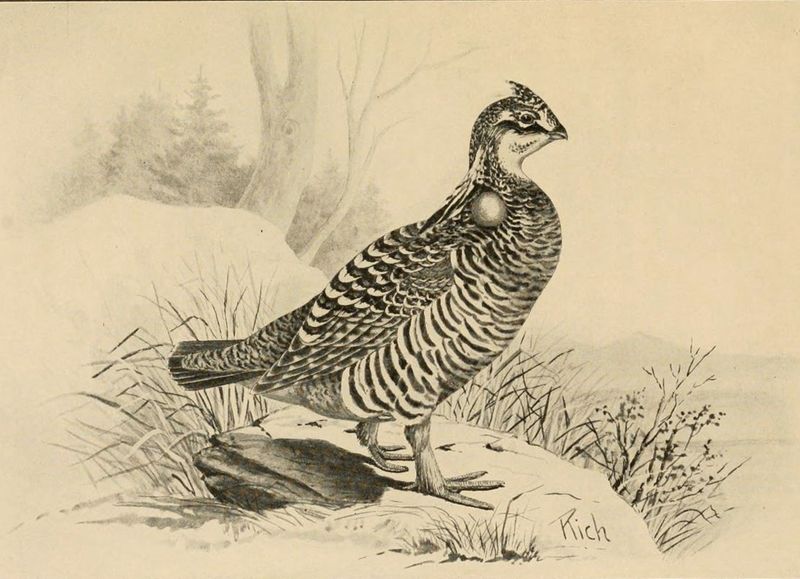
The Heath Hen, once abundant on the eastern seaboard, was known for its distinctive courtship display. These ground-nesting birds faced pressure from hunting and habitat loss, with the last one dying in 1932 on Martha’s Vineyard.
Their decline was rapid, exacerbated by harsh winters and disease. The Heath Hen’s story underscores the need for timely conservation actions.
Today, their former habitat is preserved, serving as a poignant reminder of what was lost, and inspiring efforts to protect other vulnerable species from a similar fate.
Dusky Seaside Sparrow
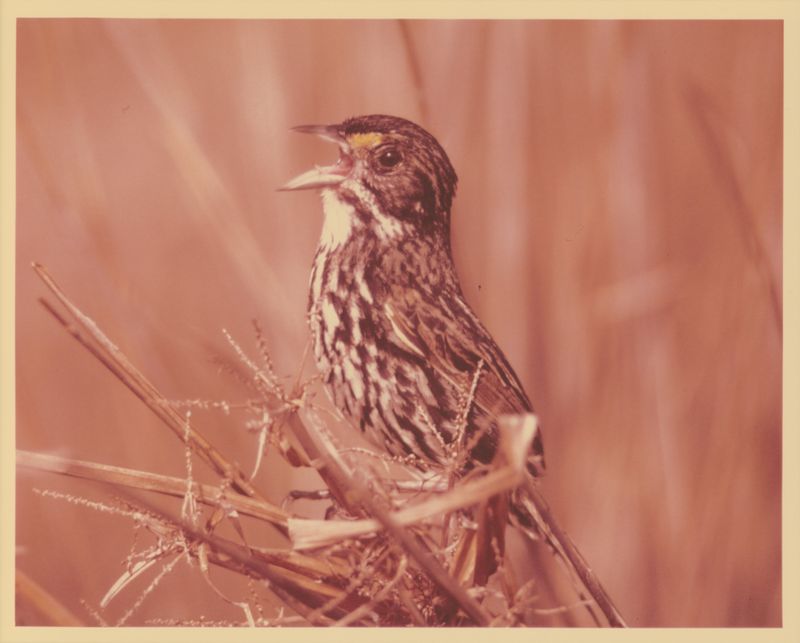
The Dusky Seaside Sparrow, with its somber plumage, was a unique resident of Florida’s marshes. Known for its distinct song, this sparrow’s decline was hastened by habitat destruction and flooding.
By 1987, it was declared extinct, marking a loss of genetic diversity in the ecosystem. Its story serves as a cautionary tale of environmental management gone awry.
Current conservation measures focus on protecting remaining marsh habitats to support other sparrow species and prevent further loss.
Great Auk
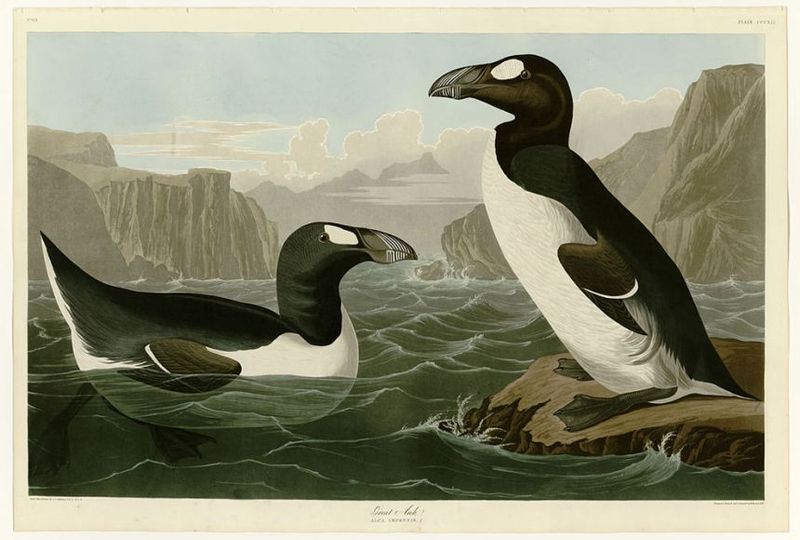
The Great Auk, a flightless bird, once thrived along the North Atlantic’s rocky coasts. With their striking black and white plumage, they were often compared to modern penguins.
They fell victim to overhunting for their feathers and meat, leading to their extinction in the mid-1800s. The last known pair was killed on a remote Icelandic island in 1844.
Their tale is a stark reminder of the consequences of unchecked human exploitation, prompting stricter wildlife protection laws in many regions today.
Labrador Duck

The elusive Labrador Duck, known for its unique breeding patterns, was once found along North America’s northeastern coast. Its striking black and white plumage made it easily identifiable.
Its extinction in the late 19th century remains a mystery, with habitat changes and overhunting suspected. Despite its scarcity, it left an indelible mark on bird enthusiasts.
Ongoing studies aim to understand its ecology better, hoping to inform current conservation strategies for other vulnerable waterfowl species.
Ocelot
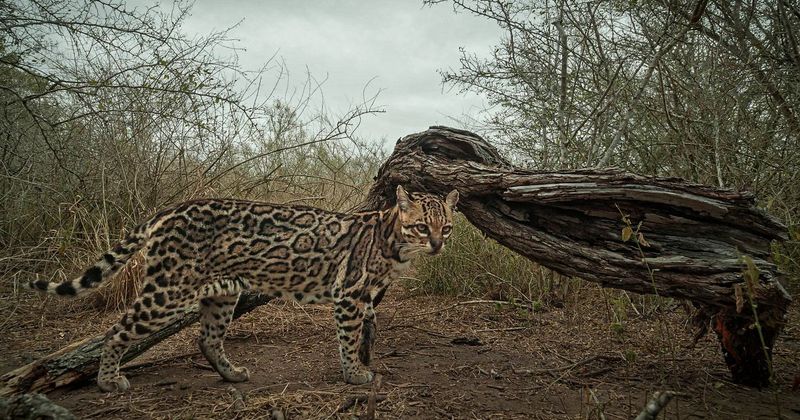
The Ocelot, a small wild cat with a striking spotted coat, once roamed parts of Texas and Arizona. Known for their elusive nature and nocturnal habits, they thrived in dense brushlands.
Unfortunately, habitat fragmentation and illegal poaching led to their decline. Efforts to protect and restore their habitat show promise, with small populations being sighted again.
Current conservation initiatives emphasize habitat connectivity and anti-poaching measures to ensure these elegant felines reclaim their place in the ecosystem.
Prairie Mole Cricket
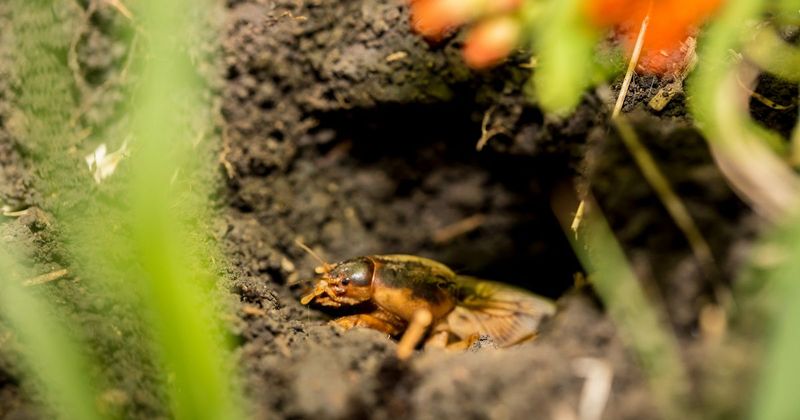
The Prairie Mole Cricket, unique for its burrowing lifestyle, was once common in the tallgrass prairies of the Midwest. This insect is known for its deep, resonant calls during mating season.
Agricultural expansion and prairie loss led to its decline. Rediscovered in recent decades, conservationists are working to protect its fragile habitat.
Efforts include prairie restoration and public education to ensure this unusual cricket continues to be a part of the prairie’s rich biodiversity, symbolizing hope for overlooked species.
Red Wolf
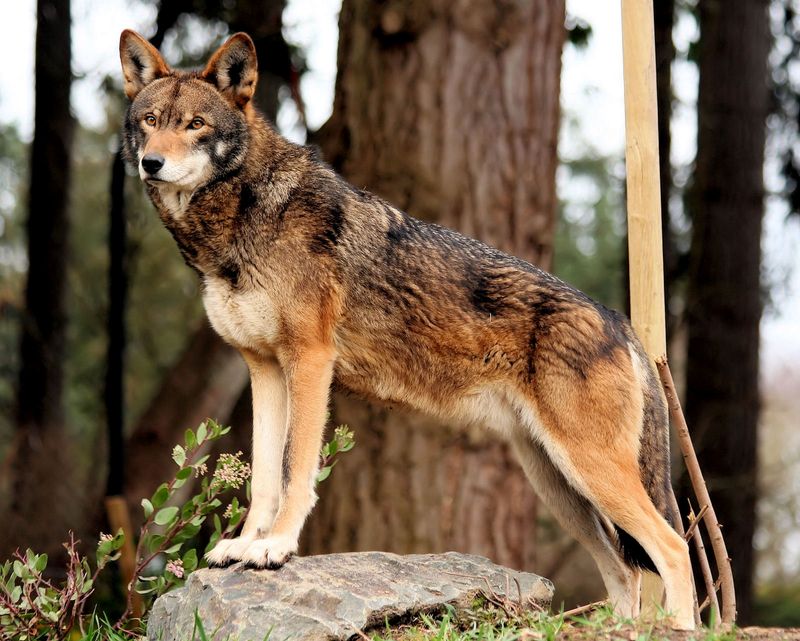
The Red Wolf, a symbol of the wild Southeast, faced near extinction due to habitat loss and hybridization with coyotes. Known for their distinctive howl and social pack structure, they were once a keystone predator in their ecosystem.
Conservation programs have seen them reintroduced in protected areas, though challenges remain. Continued efforts focus on genetic diversity and habitat corridors.
The Red Wolf’s story is one of resilience, reflecting the complexity of wildlife restoration in a changing world, and serves as a beacon of ecological balance.
Sea Mink
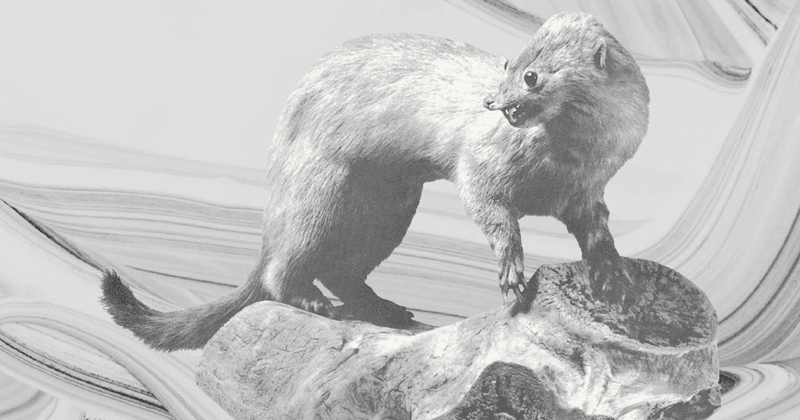
The Sea Mink, known for its luxurious fur, inhabited the rocky shores of the northeastern U.S. This aquatic mammal was larger than its mainland relatives, thriving on marine life.
Intensive hunting for its pelt led to its extinction by the late 19th century. Its disappearance highlights the dire effects of unregulated hunting practices.
The legacy of the Sea Mink contributes to the development of sustainable wildlife management policies, aiming to prevent future losses and promote biodiversity along the coastal ecosystems.
Tecopa Pupfish

The Tecopa Pupfish, native to California’s Mojave Desert, was a marvel of adaptation to its harsh environment. These small, silvery fish thrived in the warm waters of desert springs.
Unfortunately, habitat alteration and water diversion led to their extinction in the 1980s. Their story underscores the delicate balance of desert ecosystems.
Conservationists now focus on protecting similar habitats and fostering awareness about the unique biodiversity of desert regions, turning the pupfish’s demise into a lesson for future generations.
Columbian White-Tailed Deer

Once on the brink of extinction, the Columbian White-Tailed Deer has made a remarkable comeback in the Pacific Northwest. Known for their distinctive tails, they inhabit riparian forests and meadows.
Through habitat restoration and legal protection, their populations have rebounded, offering a success story in conservation. These efforts demonstrate the potential for reversing the fortunes of endangered species.
Continued vigilance is necessary to maintain their numbers, but their resurgence provides a hopeful narrative in wildlife conservation, showing the impact of dedicated efforts.
Black-Footed Ferret

Once thought extinct, the Black-Footed Ferret was rediscovered in the late 20th century. Known for their masked faces and playful nature, they rely heavily on prairie dog colonies for survival.
Captive breeding and reintroduction efforts have restored populations across the Great Plains. These ferrets symbolize the delicate balance of prairie ecosystems.
Their recovery is a testament to collaborative conservation efforts, showcasing the importance of preserving interconnected habitats for the survival of unique species.
California Condor
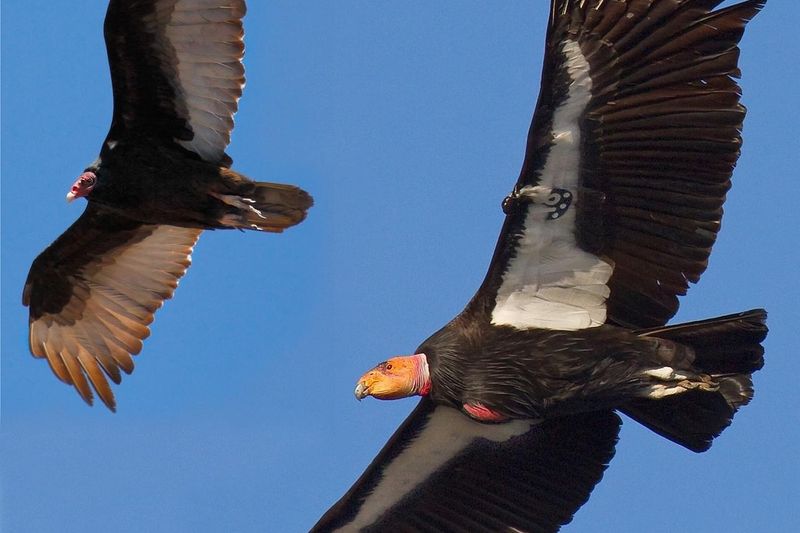
The California Condor, North America’s largest flying bird, faced near extinction in the 1980s. With their massive wingspans and distinct appearance, they are a symbol of the American wilderness.
Through intensive captive breeding and release programs, condor populations are slowly increasing. Their presence in the skies is a testament to the dedication of conservationists.
Ongoing efforts focus on habitat protection and reducing lead poisoning, ensuring these majestic birds continue to soar as icons of wildlife recovery.
Gray Wolf
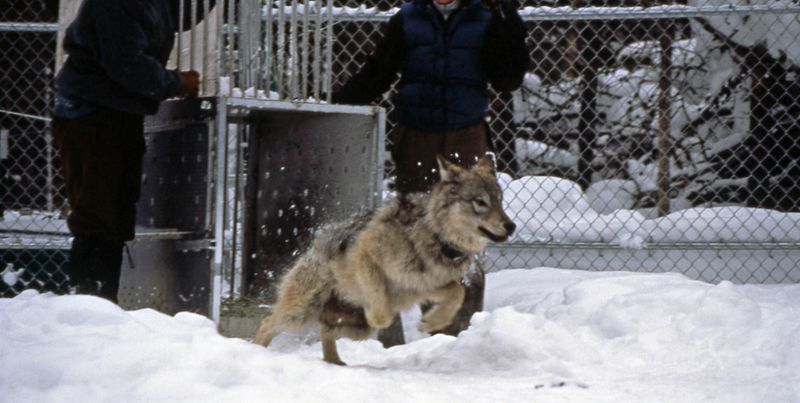
The Gray Wolf, once eradicated from much of the U.S., has been successfully reintroduced in certain areas like Yellowstone. Known for their complex social structures and haunting howls, they play a crucial role in maintaining ecological balance.
Reintroduction efforts have restored their presence, offering benefits to the broader ecosystem. Their resurgence is celebrated as a triumph of wildlife management.
Protecting their habitats and ensuring genetic diversity remain priorities, as the wolves symbolize the untamed spirit of American wilderness.
American Bison
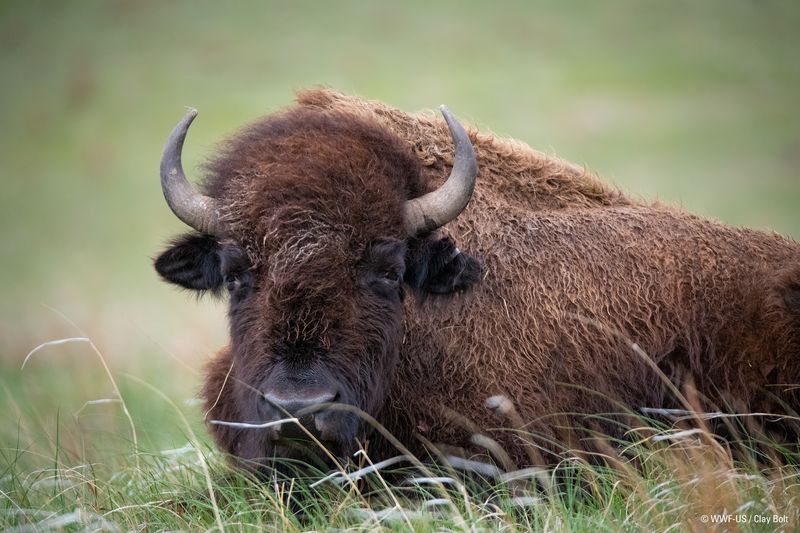
The American Bison, once on the brink of extinction due to overhunting, has made a remarkable recovery. These iconic creatures, with their imposing size and distinct appearance, are integral to prairie ecosystems.
Conservation efforts, including protected reserves and breeding programs, have revitalized their populations. Their resurgence highlights the potential for successful wildlife restoration.
Bison now roam freely in several protected areas, serving as a reminder of the importance of preserving natural heritage and the power of human intervention in conservation.
Humpback Whale
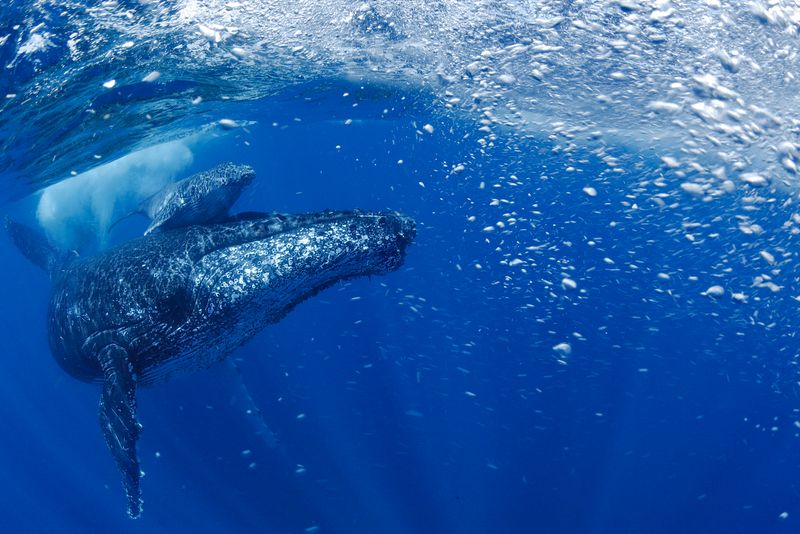
The Humpback Whale, once decimated by commercial whaling, is experiencing a steady comeback in U.S. waters. Known for their acrobatic breaches and complex songs, these gentle giants captivate the imagination.
Strict international protections and conservation measures have allowed their numbers to grow, showcasing effective marine conservation strategies.
Today, humpbacks can be spotted along both coasts, their presence a testament to the resilience of nature when given a chance to recover.
Bald Eagle
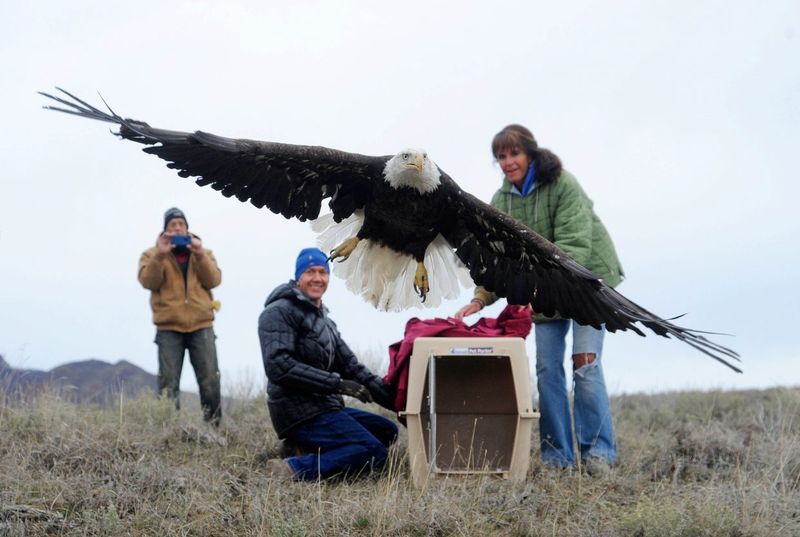
The Bald Eagle, America’s national symbol, was once on the brink of extinction due to pesticide use and habitat loss. Known for their majestic appearance and keen hunting skills, they are apex predators.
Conservation efforts, including banning harmful chemicals and protecting nesting sites, have restored their populations nationwide. They now soar across skies as emblems of conservation success.
Their recovery demonstrates the impact of strong environmental policies, ensuring that future generations can continue to admire these iconic birds in the wild.
American Alligator

The American Alligator, once hunted for its skin, faced a drastic decline in the 20th century. Known for their formidable presence and vital role in wetland ecosystems, they were given full protection under the Endangered Species Act.
Today, alligators are thriving, their populations rebounding in the southeastern U.S. Their revival is a shining example of effective conservation policies.
The story of the American Alligator underscores the importance of protecting keystone species, vital for maintaining the health and balance of their habitats.
Peregrine Falcon
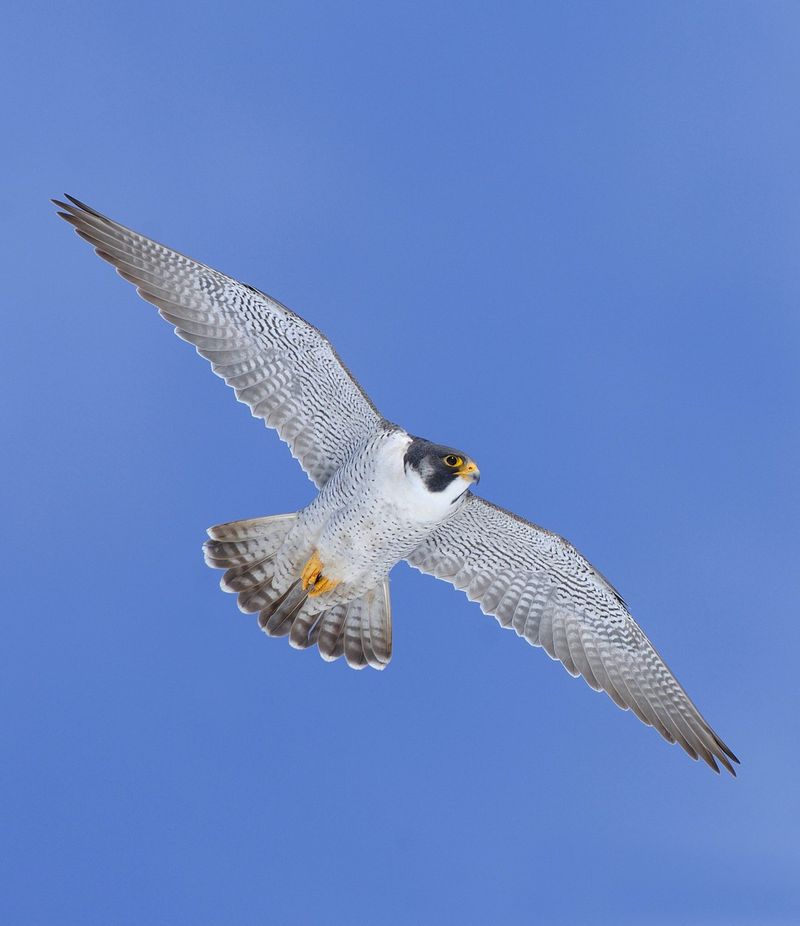
Once endangered due to pesticide poisoning, the Peregrine Falcon has made a triumphant return. Renowned for their incredible speed and hunting prowess, they have adapted to urban environments.
Through the banning of harmful pesticides and the establishment of nesting sites on skyscrapers, their populations have rebounded. These falcons now inhabit cities, illustrating nature’s adaptability.
Their resurgence is a beacon of hope, demonstrating how targeted conservation initiatives can restore populations and maintain biodiversity in modern landscapes.
Gray Whale
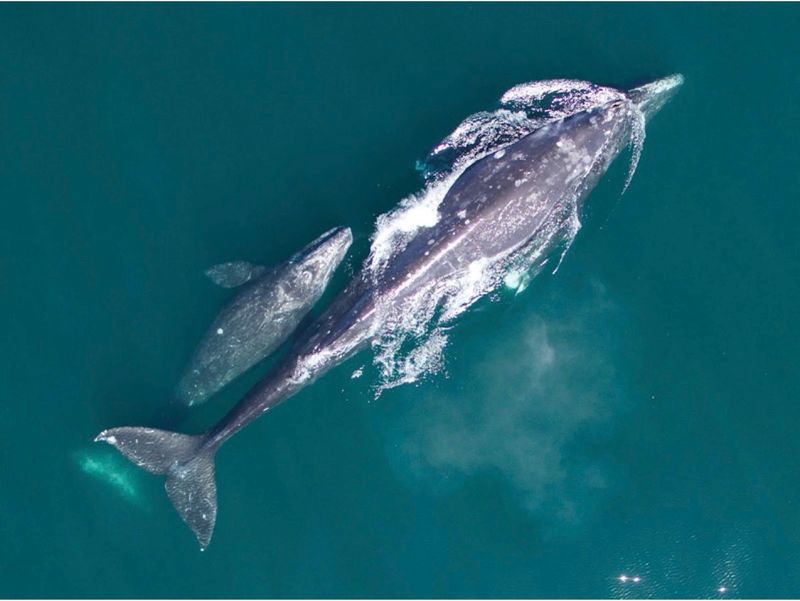
The Gray Whale, once a victim of commercial whaling, is now a conservation success story. Known for their long migrations and friendly interactions with humans, they are a cherished sight along the Pacific coast.
Protected by international agreements, their numbers have rebounded, bringing economic and ecological benefits to coastal communities.
The Gray Whale’s recovery highlights the global effort required to protect marine species, inspiring continued commitment to preserving ocean biodiversity for future generations.
Eastern Cougar
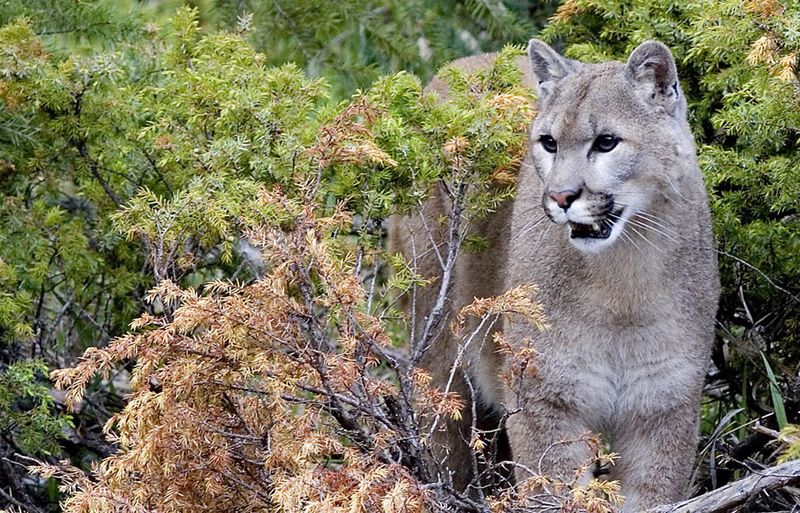
The Eastern Cougar, once a majestic sentinel of the eastern U.S. forests, has long been a ghostly figure. It prowled the dense woodlands with stealth and elegance, symbolizing wilderness untamed. Today, its official status teeters between legend and reality, as whispers of sightings float among locals.
Known for its tawny coat and piercing gaze, the cougar was a master of camouflage, often eluding even the sharpest eyes. It played a critical role in maintaining ecological balance, controlling deer populations and fostering biodiversity.
Though officially declared extinct, tales of its return spark hope and curiosity, inviting us to ponder nature’s resilience.

